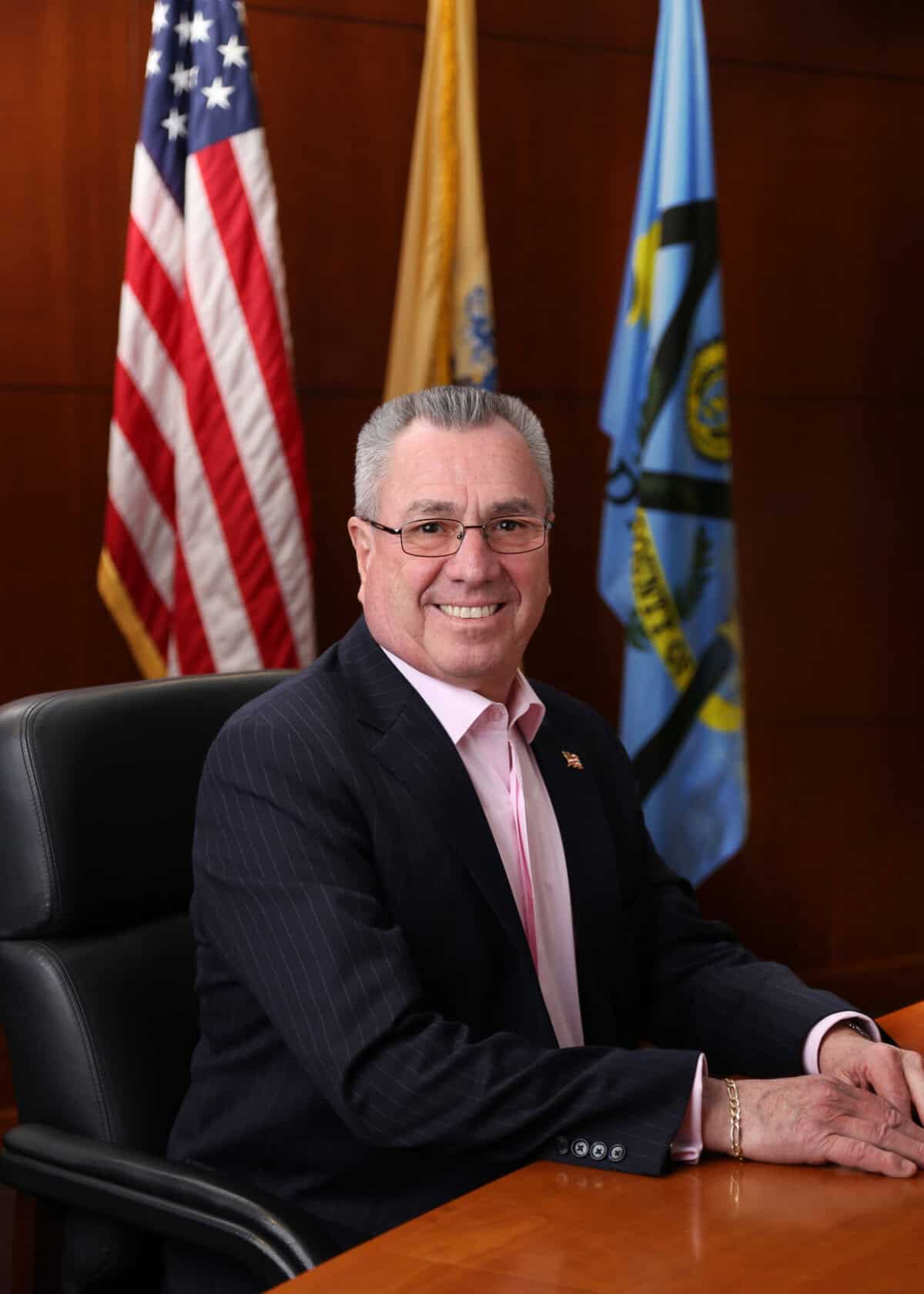November is Pancreatic Cancer Awareness Month.
Pancreatic Cancer Awareness Month was founded in 1999 by Pamela Acosta Marquardt, Paula Kim, and Terry Lierman, who founded the Pancreatic Cancer Action Network (PanCan). Their goal was to create a time specifically for honoring those living with pancreatic cancer.
During Pancreatic Cancer Awareness Month, there are campaigns and fundraising events to help educate people regarding how important early detection is for this disease. Unfortunately, because pancreatic cancer often has no noticeable symptoms, it can go undetected in its early stages. Screening is vital for people with major risk factors. Some of those risk factors are smoking, being overweight, having diabetes, chronic pancreatitis, and certain hereditary conditions.
Other common symptoms of pancreatic cancer are loss of appetite, digestive issues, pain in the upper abdomen and back, jaundice, gallbladder or liver enlargement, blood clots, fatty tissue abnormalities, and diabetes. Many of us do not pay too much attention to these symptoms.
During this month we need to educate ourselves with the facts and risk factors of this disease. There are many people who have been diagnosed who do not understand the complexity of this disease.
Pancreatic cancer is called a “silent killer” because of how difficult it can be to diagnose until it is in its later stages. There is no screening for pancreatic cancer and since it often doesn’t cause symptoms until it has progressed into later stages, it is difficult to treat.
According to the American Cancer Society, more than 62,000 people in the United States have already been diagnosed with pancreatic cancer in 2022.
Pancreatic cancer is the fourth-leading cause of cancer death in the U.S. and is expected to become the second leading cause of cancer-related deaths in this country by 2025. That is why funding for research is so crucial.
At this time there is no cure for pancreatic cancer, but with additional funding for research we can work toward extending the life expectancy of someone who has pancreatic cancer. Eventually, we may even be able to find a cure.
The federal government has increased its funding for pancreatic cancer research for 2022, but we still need to continue to secure private funding and government grants to various medical institutions to also support this research.
You can show your support for this fight by participating in the various campaigns and fundraisers that are in your county. Check your county website or check with organizations such as the American Cancer Society or the Hirshberg Foundation for Pancreatic Cancer Research, to name a few.
There are many different ribbons we wear in support of different causes. Wearing the color purple for Pancreatic Cancer Awareness Month is a symbol of never-ending love and wisdom and royalty. It brings attention to the fight against pancreatic cancer and helps to raise awareness about the risk factors and the need for more funding for research.
We need to show our support for those who have been diagnosed and remember and honor the families of those who have died from pancreatic cancer.

